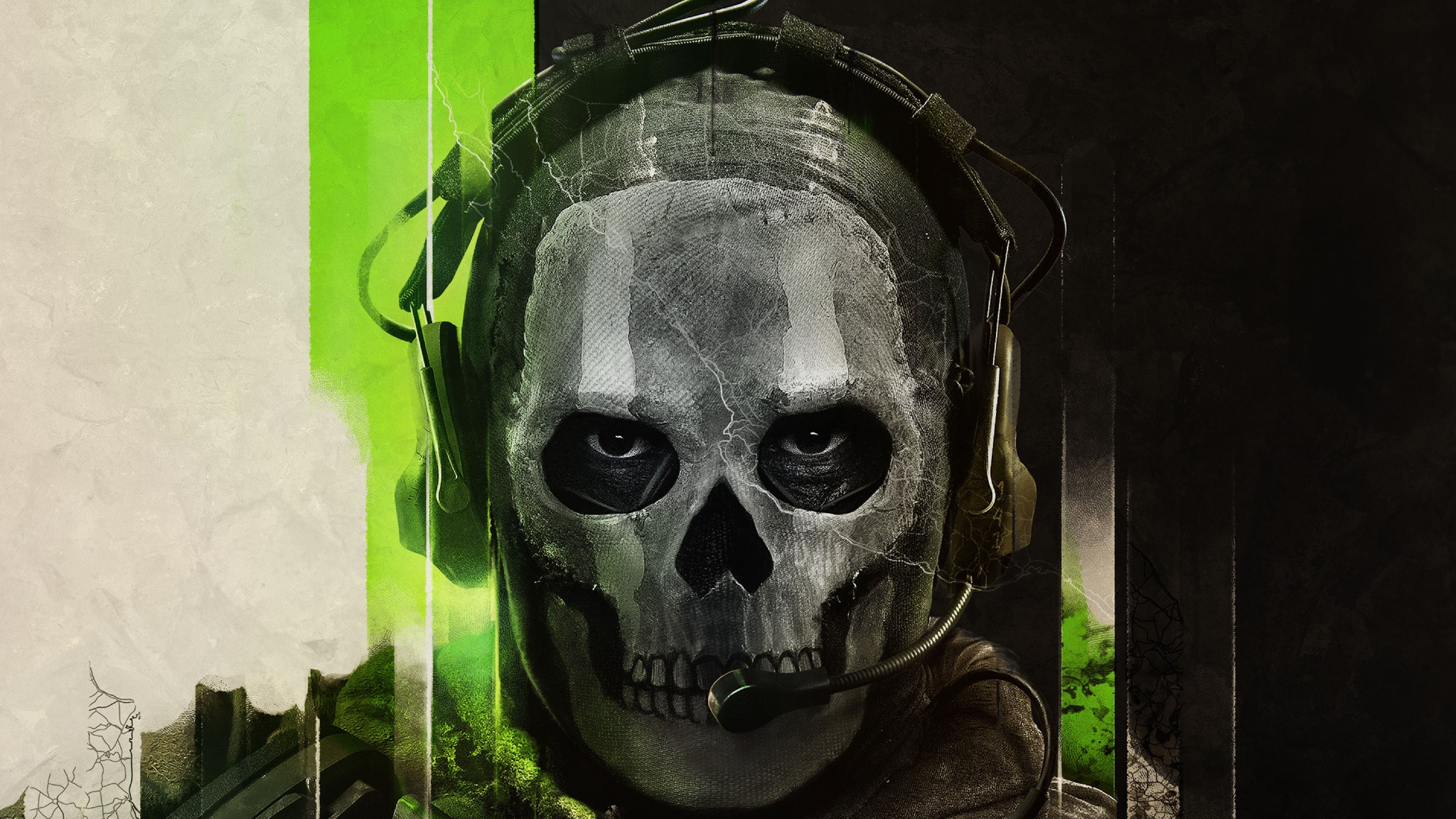
It’s not pleasant for people to shell out a lot of money for things they love, and that includes video game enthusiasts. The news that Nintendo would charge a hefty $80 for some of its new games like Mario Kart World left everyone feeling disheartened. However, it seems that the price increase hasn’t been widely accepted. Major companies such as Electronic Arts (EA) and Xbox have since adjusted their pricing strategies following the initial announcement, reducing prices from the original $80 to a more standard industry rate of $70. Here’s hoping this move signifies an industry-wide agreement to maintain or even lower prices in the future.
EA and Xbox Walk Back Initial Commitment to $80 Price Tag

After a Nintendo Direct revealed that upcoming Nintendo Switch 2 games would retail for $80, there was widespread anxiety among gamers that other big publishers might use this as an opportunity to raise their own expensive game prices. Regrettably, it appeared that this was becoming a common practice in the gaming industry, with titles like “The Outer Worlds 2” and “Borderlands 4” announced to adopt the same pricing strategy. Studio executives seemed to justify the price increase as a means to cover rising production costs of AAA games. However, by mid-June of 2025, there was a shift in this trend.
In an unexpected move, Xbox decided to sell their upcoming games, including The Outer Worlds 2 and Call of Duty: Black Ops 7 (among others), for $70. This price adjustment brought the expected price of The Outer Worlds 2 back in line with initial expectations and set the price for their holiday releases. This announcement seems to have prompted Electronic Arts, known for its penny-pinching pricing strategy towards players, to also confirm that they won’t be selling games for $80.
In contrast to Randy Pitchford’s statement suggesting that “dedicated fans” should pay $80 for Borderlands 4, Take-Two has chosen to match this price with their own mainline titles at $70. This decision by other studios who were anticipated to increase prices across the board has now been reversed, leaving Nintendo as the lone advocate and guardian of the $80 price point.
Increasing the Price of Games Isn’t the Answer to High Production Costs

From the early 2000s onward, the production costs for video games have escalated significantly, but sales figures have remained relatively stable. For instance, the original Call of Duty: Modern Warfare 2 was produced at an estimated $200 million in 2009 (approximately $360 million when adjusted for inflation), while its 2019 remake cost around $640 million to produce, equating to about $780 million in today’s dollars.
Over the past decade, I’ve noticed a substantial hike in the game production costs – a whopping $300 million increase! Even giants like Activision, publishers of these games, have felt this cost rise. It’s understandable that studios aim to recoup these escalating expenses, but passing these additional costs onto consumers who are already grappling with rising prices across the board isn’t exactly a popular move.
In early 2025, substantial layoffs across gaming studios significantly affected the industry, leading to unemployment for thousands of game creators. While cost-cutting measures may seem necessary, it’s questionable whether they are the best approach for an industry that depends so much on the creativity and passion of its developers to flourish. Creating games, especially innovative and groundbreaking ones, can be challenging, but there must be alternative ways to ensure their financial viability.
Grand Theft Auto VI Could Make or Break the $80 Price Tag

The price for Grand Theft Auto 6 hasn’t been disclosed yet, but its potential cost could establish a new benchmark in the gaming industry. Some speculate that it would be sold at $100, though even if it debuts at $80, other studios might view this as justification for increasing their prices. However, it’s crucial to note that GTA 6 is one of the rare games with the clout to potentially charge such a high price, but setting a trend like this could be detrimental. Not every game is on par with GTA 6, and very few can pull off what it might.
Achieving sales targets for games priced at $80 contributes to the acceptance of this price point by both studios and players. If studio executives observe that gamers are ready to pay $80 for games, they may become more insistent on this pricing strategy. However, it’s the resistance and persistence from the broader gaming community that could force studios to explore alternative methods to control costs. Potential solutions might include scaling back project ambitions, reducing graphical requirements, or restructuring production timelines. For now, the gaming community can breathe a sigh of relief knowing that the feared $80 price tag for mainstream games has not yet become standard.
https://comicbook.com/gaming/news/nintendo-switch-price-increase-games-future/embed/#
Read More
- The Most Jaw-Dropping Pop Culture Moments of 2025 Revealed
- Ashes of Creation Rogue Guide for Beginners
- ARC Raiders – All NEW Quest Locations & How to Complete Them in Cold Snap
- Best Controller Settings for ARC Raiders
- Where Winds Meet: How To Defeat Shadow Puppeteer (Boss Guide)
- Where Winds Meet: Best Weapon Combinations
- Ashes of Creation Mage Guide for Beginners
- Hazbin Hotel season 3 release date speculation and latest news
- My Hero Academia Reveals Aftermath Of Final Battle & Deku’s New Look
- Bitcoin’s Wild Ride: Yen’s Surprise Twist 🌪️💰
2025-08-04 19:17